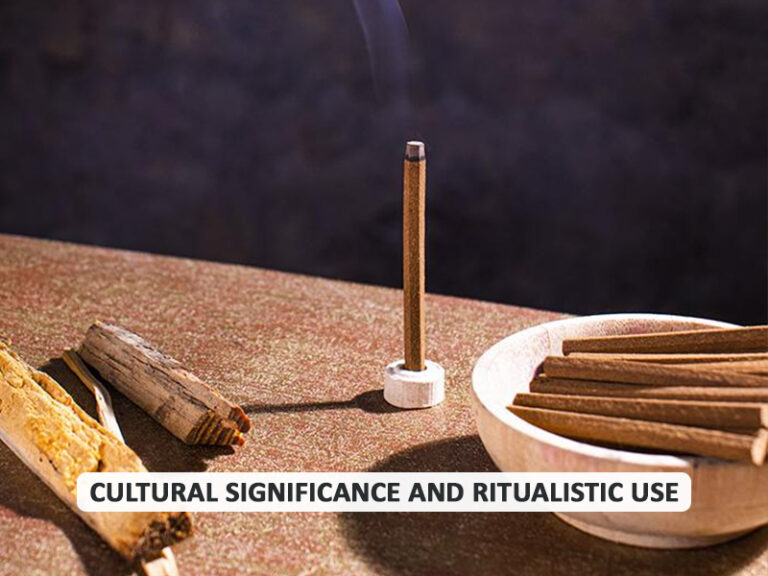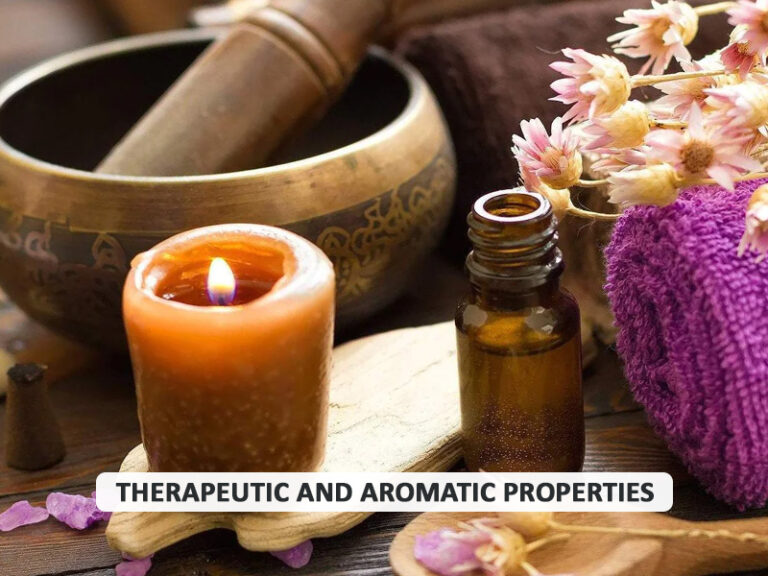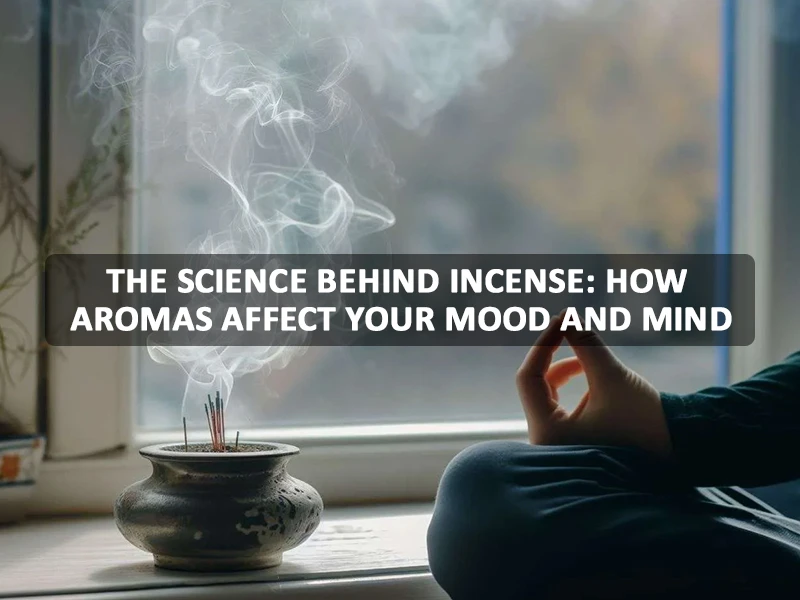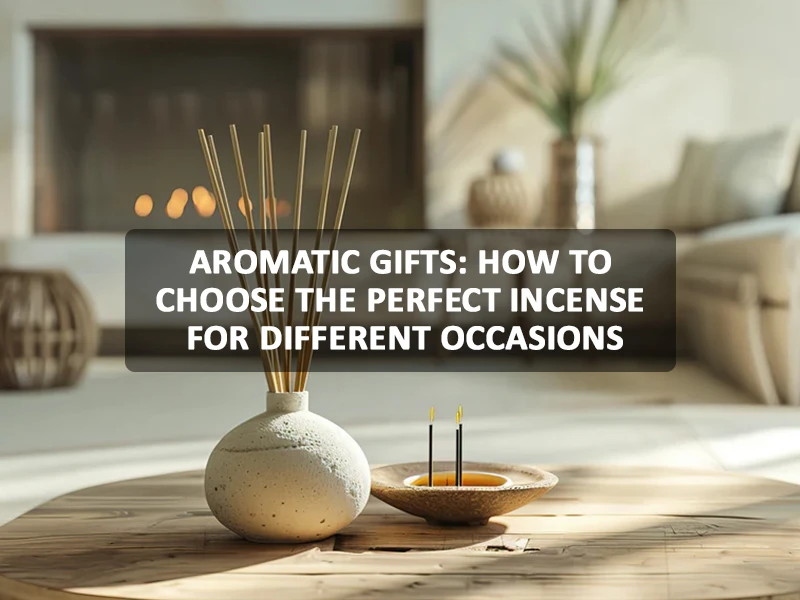Growing up in an Indian household, the scent of dhoop sticks was as much a part of our home as the furniture or family photos. No prayer or celebration felt complete without the fragrant smoke curling lazily towards the ceiling. As an adult now living apart from our parents, We occasionally light a stick as a comforting reminder of home.
But why have dhoop sticks been integral to religious rituals for millennia? What purpose do they serve beyond simply filling a space with pleasant aroma?
We will dive into it right here in this blog today,
So, keep reading
Cultural Significance and Ritualistic Use

Beyond the practical purification benefits, dhoop sticks hold deep cultural significance as part of religious rituals and traditions. As we discovered more information about their proper usage, we were fascinated to understand the layers of symbolic meaning. From weddings to births and beyond, dhoop marks the most critical milestones in South Asian culture.
Some of the critical ceremonial uses and their cultural significance include:
- Welcoming prayers and blessings – Dhoop is lit to welcome guests and deities, the smoke purifying the space spiritually and physically.
- Meditation aid – The calming scents help create an atmosphere conducive to inner reflection and clearing the mind. Monasteries frequently use dhoop for this reason.
- Offerings and prayers – Dhoop sticks are balanced on grains of rice or flowers as offerings to deities, carrying prayers and devotional energy to heaven.
- Housewarming ceremonies – Lighting dhoop upon moving into a new home blesses and purifies the space for prosperity and protection.
- Lifecycle rites – Dhoop plays a role in auspicious rituals from birth to matrimony to final rites, its smoke warding off evil and sending souls to a blessed afterlife.
Therapeutic and Aromatic Properties

In addition to spiritual and ritual significance, dhoop sticks offer tangible wellness benefits due to their aromatic components. As a culturally diverse country, India has various medical traditions spanning Ayurveda, Siddha, Unani, and modern science. All recognize the therapeutic value of fragrant herbs and woods used in dhoop.
In classical Ayurveda, several ingredients common in dhoop mixtures, like frankincense, cinnamon, and clove, help balance doshas and maintain overall health. Their anti-inflammatory and anti-microbial properties are said to boost immunity and digestive function. Many Indians light dhoop daily for its refreshing yet calming essence; finding the smoke aids concentration and relieves stress. Recent studies have also shown certain aroma compounds in incense can positively impact mood and reduce depression and anxiety.
India’s diverse population follows an array of faiths beyond Hinduism and Buddhism, each with its unique spiritual practices. For example, church sanctuaries and Muslim mosques also use incense as part of prayer traditions, seeing its fragrance as a carrier of devotion. During important ceremonies, the lingering scent of perfuming worship venues helps devotees focus inward and feel a sense of communal mindfulness.
Even for non-religious Indians, dhoop’s aromatic familiarity and traditional appeal continue to make it a standard air freshener at home.
So whether for ritual, therapeutic, or simply ambient purposes, dhoop sticks remain a beloved staple across India thanks to their varied health, cultural, and spiritual associations spanning diverse communities. Their ancient use endures as the country modernizes.
If you are looking for a natural, herbal and aromatic dhoop sticks look no further because Nira incense has got it all
How to Choose the Right Dhoop Stick

Ever since our research into the meaning and benefits of dhoop, we’ve become more discerning in selecting which sticks to light at home. With so many types available made from an array of herbs, woods, and binding materials, deciding what’s best for your needs and space can feel overwhelming. Here are a few things we’ve learned to consider when choosing Dhoop:
When first exploring dhoop, we are drawn to visually pleasing sticks laden heavily with vibrantly colored seeds. While undoubtedly beautiful, I’ve realized the true magic lies within – the composition and quality of ingredients used. Some things to keep in mind:
- Fragrance preference – Do you want woodsy, floral, spice, or herbaceous scents? Consider ingredients like Sandalwood, rose, or guggal.
- Intensity level – Thicker or tightly wrapped sticks tend to smoke more steadily but can be overpowering. Loose rolls disperse lighter fragrance.
- Purpose – Dhoop for rituals requires purity, so opt for classics like jugal, frankincense, or cinnamon. For stress relief, try lavender or mogra.
- Source credibility – Check the producer’s reputation for using natural, non-toxic ingredients in fair trade conditions.
Nira offers it all and additionally since they are naturally sourced, hand rolled and made of pure cow dung. It truly is a full package.
You will find an array of fragrances to suit your specific taste.
Taking the time to select a dhoop suited to your individual needs helps maximize its benefits. I’ve found a few trusted brands whose blends never fail to delight my senses and soothe my spirit.
Conclusion
Writing this exploration into dhoop sticks has allowed us to appreciate better their usage and cultural significance spanning centuries. We hope sharing what we’ve learned has also provided new perspectives for readers. Whether for spiritual ceremonies, health and wellness, or simply enjoying their lovely fragrance, dhoop offers much more than meets the eye.
It’s been heartwarming to discover how this tiny staple continues to bring people together through traditions while promoting individual relaxation and reflection. We are grateful for the insights our research has provided. We will forever view dhoop as a comforting artifact of childhood memory lane and a connection to the past and present community. Its ancient yet enduring role says much about our shared human desire for ritual and healing through simple acts of light and scent.








Leave a comment
Your email address will not be published. Required fields are marked *